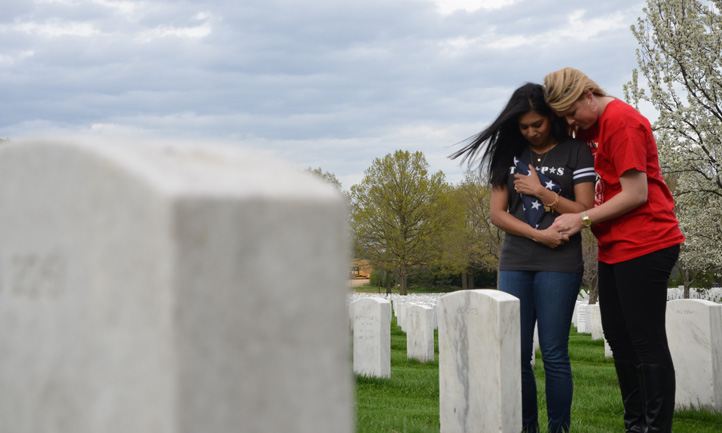Social Media and Bereavement
Author: Claire Henline
How it can help, connect us and provide safe space to share feelings
For better or for worse we live in an age of social media. We get our news from it, our recipes, our baby and puppy videos and increasingly our support system.

In prior eras, those bereaved were left alone to mark their losses after funerals and memorials. The world went forward at its own pace. Facebook, Instagram, Twitter, Snapchat, Pinterest and other social networks are now giving grief a voice and making public the message that there is no timeline or set pace for healing a broken heart. Seeing even the smallest acknowledgement that our life is forever changed is important - even if it is in the form of a "like" or "heart" or "sad" notification.
Online displays of grief rather than personal interactions can be more comfortable for all involved. Face-to-face encounters often make those unfamiliar with tragedy uncomfortable. It may even result in more hurt feelings when all the wrong things are said and done. The safety barrier of social media enables people to grieve publicly in whatever manner is comfortable for them. At the same time, it allows their followers to find their own comfort zone in offering support. Now, empathy and understanding are available 24/7. This is especially beneficial to our TAPS family. We meet each other at events and have the ease of connection and support by becoming friends on Facebook. This free and popular platform is a critical component of peer support.
The angelversaries, the hard days, the walls we hit and the proverbial hills we conquer are inherently understood and instantly acknowledged online by our TAPS family. This instant response is critical. Emojis, GIFs, memes, likes and words of caring from those who "get it" come to survivors in the moments they really need support. Your TAPS family also knows when to offer the sweet, the bittersweet and when not to sugarcoat.
Social media allows us to easily share memories, photos, even tag our deceased loved ones' accounts to keep the relationship as fresh as it will ever be. After all, we know that death ends a life, not the relationship. Facebook keeps that relationship tangible in a new way by allowing accounts to be memorialized. It's an option that enables us to keep the life of a deceased loved one fiercely in the present. It also allows others who knew our loved one to share their own memories and stories and thus participate in our grief rituals and journey.
If we are missing our hero, we have at least this modern ability to click from any device and see them, hear them in videos and send messages of our love out into the universe for them.
Social media also allows us to know each other's fallen heroes. As online followers of living legacies, we get to see the people we will never meet. Right there before us, scrolling through our feed, is evidence of lives still present and impactful. We may even experience genuine grief in feeling we have lost the possibility of their future; all this by only meeting them through a digital footprint.
Social media has forever expanded the way we express sorrow and grief. Online grieving and condolences are part of a standard ritual in the aftermath of tragedy and death. We acknowledge life in all its precious moments and help destigmatize grief. To some, perhaps those who are lucky to have not yet known great loss, posts marked with "#RIP," "prayers" or sad face emojis may seem artificial. In a fast-paced digital age, there is refreshing humanity in taking even a moment to respect a life now gone.
By Claire Henline: Claire Henline is a native of Washington, D.C., and has worked for almost 15 years for military organizations in both historic preservation and communications. She currently serves as the TAPS Social Media Manager.
